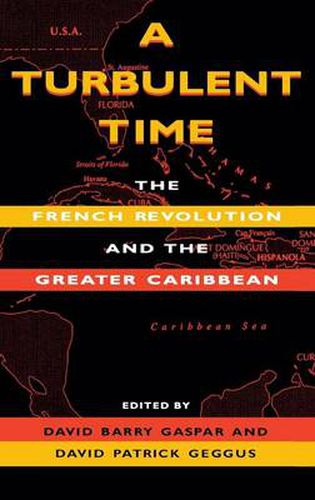Readings Newsletter
Become a Readings Member to make your shopping experience even easier.
Sign in or sign up for free!
You’re not far away from qualifying for FREE standard shipping within Australia
You’ve qualified for FREE standard shipping within Australia
The cart is loading…






Stimulating, incisive, insightful, sometimes revisionist, this volume is required reading for historians of comparative colonialism in an age of revolution. -Choice
[An] eminently original and intellectually exciting book. -William and Mary Quarterly
This volume examines several slave societies in the Greater Caribbean to illustrate the pervasive and multi-layered impact of the revolutionary age on the region. Built precariously on the exploitation of slave labor, organized according to the doctrine of racial discrimination, the plantation colonies were particularly vulnerable to the message of the French Revolution, which proved all the more potent because it coincided with the emergence of the antislavery movement in the Atlantic world and interacted with local traditions of resistance among the region’s slaves, free coloreds, and white colonists.
$9.00 standard shipping within Australia
FREE standard shipping within Australia for orders over $100.00
Express & International shipping calculated at checkout
Stimulating, incisive, insightful, sometimes revisionist, this volume is required reading for historians of comparative colonialism in an age of revolution. -Choice
[An] eminently original and intellectually exciting book. -William and Mary Quarterly
This volume examines several slave societies in the Greater Caribbean to illustrate the pervasive and multi-layered impact of the revolutionary age on the region. Built precariously on the exploitation of slave labor, organized according to the doctrine of racial discrimination, the plantation colonies were particularly vulnerable to the message of the French Revolution, which proved all the more potent because it coincided with the emergence of the antislavery movement in the Atlantic world and interacted with local traditions of resistance among the region’s slaves, free coloreds, and white colonists.